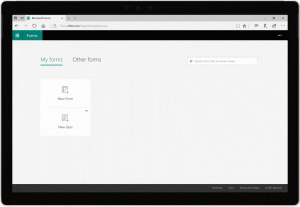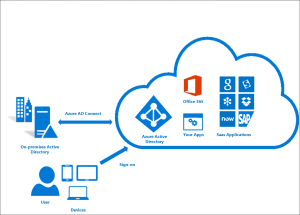
Why Businesses Are Switching to Microsoft’s Modern Desktop
In the age of remote work, people are looking to simplify their IT. In line with this desire to simplify, Microsoft rebranded Office 365 to be called Microsoft 365 in April of this year. Microsoft’s Modern Desktop is essentially what runs these apps and other Microsoft tools from Windows 10. Modern Desktop keeps systems more secure and more easily manageable.
Running your business using the Windows 10 operating system Microsoft 365 on the cloud can improve cost, productivity, and security, in addition to the many other benefits businesses gain from using Microsoft’s productivity tools and systems.

 Forms are a very common business practice for many organization, both SMBs and Enterprises. Forms can facilitate collecting data, save time, reduce mistakes and helps in creating a systematic recording of information. The problem is that they are not easy to create and once the data is collected, it is not easy to analyze.
Forms are a very common business practice for many organization, both SMBs and Enterprises. Forms can facilitate collecting data, save time, reduce mistakes and helps in creating a systematic recording of information. The problem is that they are not easy to create and once the data is collected, it is not easy to analyze. We all know Office 365 is the way to go for both SMBs and Enterprises, but deciding how to manage the users and accounting for the overhead it takes, are important things to consider. Organizations will usually have an on-premise Active Directory (server) with a list of all the users, first name, last name, usernames, and most important PASSWORD.
We all know Office 365 is the way to go for both SMBs and Enterprises, but deciding how to manage the users and accounting for the overhead it takes, are important things to consider. Organizations will usually have an on-premise Active Directory (server) with a list of all the users, first name, last name, usernames, and most important PASSWORD.